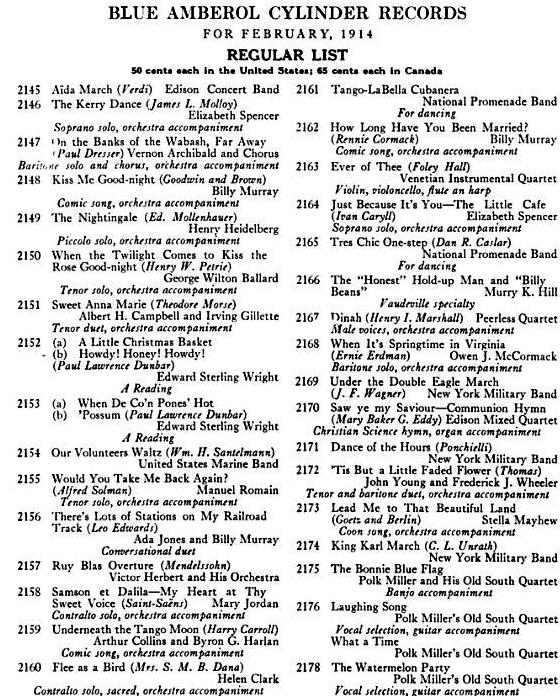A Mandolin Trio
by Brian Ebie
Organist and composer Josef Rheinberger (1839-1901) composed a series of Trios for pipe organ. I've always found Trio 1 in G Minor to be among the most beautiful of the set with it's aria-like melody and beautiful left hand counter melody. Several months ago I was noodling around on my mandolin and started playing the melody for the Trio 1 in G Minor. I realized just how beautiful it could be when it was played on mandolin. Soon thereafter I thought that if the melody sounded that good on mandolin, it would be a good fit for the three voices of the mandolin family--mandolin, mandola, and mandocello.
The mandolin family, like the violin family, has all of the voices of a choir--soprano, alto, tenor, and bass. Violin--Mandolin. Viola--Mandola. Cello--Mandocello. Bass Viol--Mandobass. The instrument tunings correspond as well.

Using the Acapella app for iPhone, published by Mixcord, Inc., I was able to record each of the three parts of the organ trio on the mandolin, mandola, and mandocello. Acapella is a mobile app that allows users to layer different videos together in a single layout. It is meant to be an easy way for people to create a cappella videos, but both singers and musicians can enjoy creating music with the app.
It was easy to record using the Acapella app. I picked the screen layout I wanted from within the app. I laid down the first track, in which I played the melody on a mandolin. To record the second track on mandola, I used my earphones and the app plays back your first recording, along with a countdown screen to the beginning of the recording. This helps you really play in sync with your original track. I followed the same steps for the final step on mandocello. There are onboard mixers and filters as well as a graphic equalizer, giving the user control over each track in terms of volume, reverb, pitch, and so forth.
In conclusion, I enjoyed my first experience using the Acapella app from Mixcord. Everything worked very well and it was fun to create a mandolin trio where I could count on the other two musicians!!
Thanks for watching!
Brian Ebie












